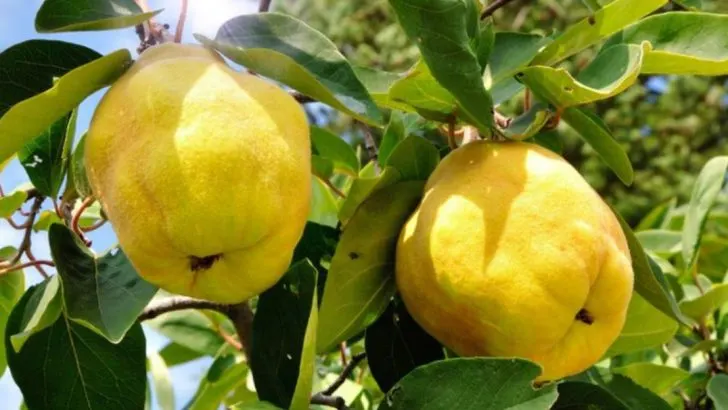Some fruits were meant to be legends, but time turned them into ghosts. Yes, America once boasted fruits so bold and flavorful they could stop you in your tracks. Now? They’re fading fast, slipping into forgotten corners of history and grocery stores alike. Why did these juicy stars vanish? What secrets did they carry? It’s a wild ride through orchards lost to time, with stories as rich and tangled as the roots beneath those trees. If you think all fruits are created equal, think again. Get ready to meet the 17 American fruits that once ruled the palate — and vanished before you even knew they existed. This is more than nostalgia. It’s a juicy mystery begging to be uncovered.
Pawpaw
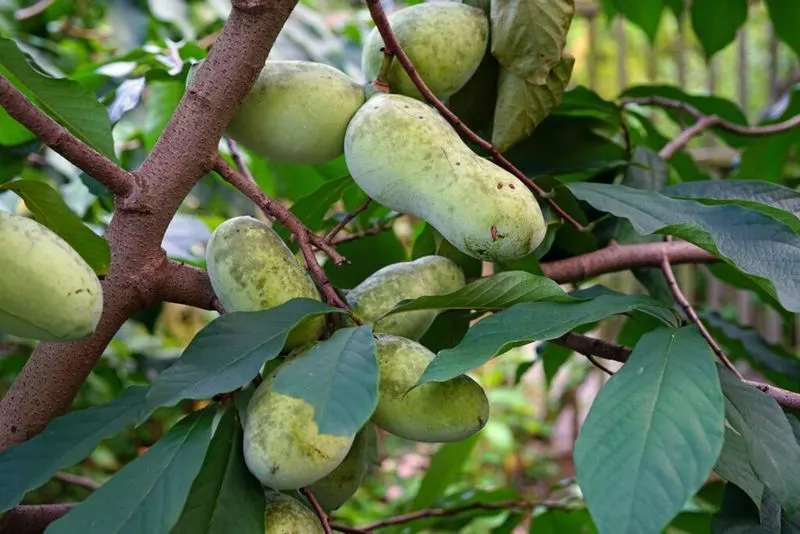
The Pawpaw, once a staple among native tribes and early settlers, is renowned for its custard-like flesh and tropical flavor. Mark Twain declared it “deliciousness itself.” Often found in the Ohio River Valley, this fruit is elusive in modern grocery stores. Its delicate nature and short shelf life have pushed it to the fringes. Today, enthusiasts celebrate its unique taste at festivals, keeping its legacy alive in small pockets across America.
Beach Plum
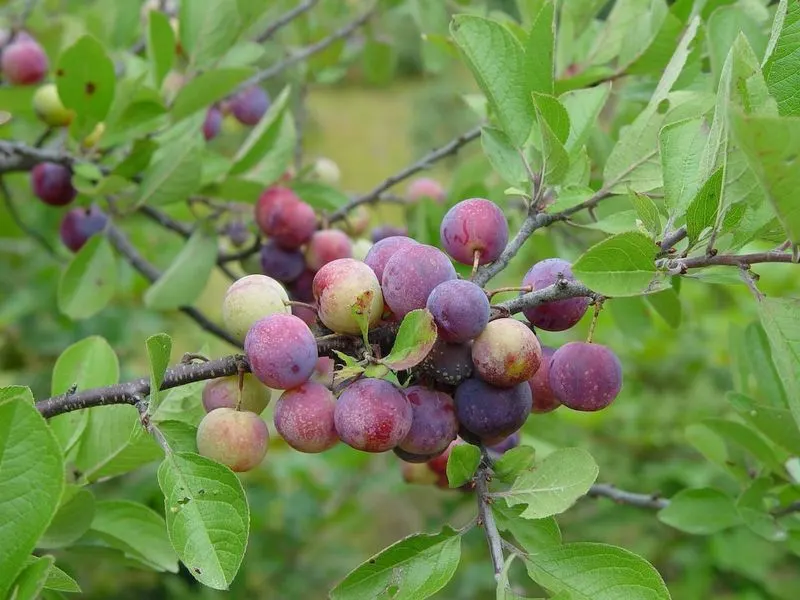
Beach Plums, cherished along the Eastern Seaboard, were traditionally harvested for jams and jellies. Their tartness and resilience to salty air made them a coastal favorite. Native Americans and early settlers appreciated their adaptability. However, urban development and changing culinary tastes have diminished their presence. Occasionally, they are celebrated at regional festivals, where their unique flavor profile is rediscovered.
Mayapple
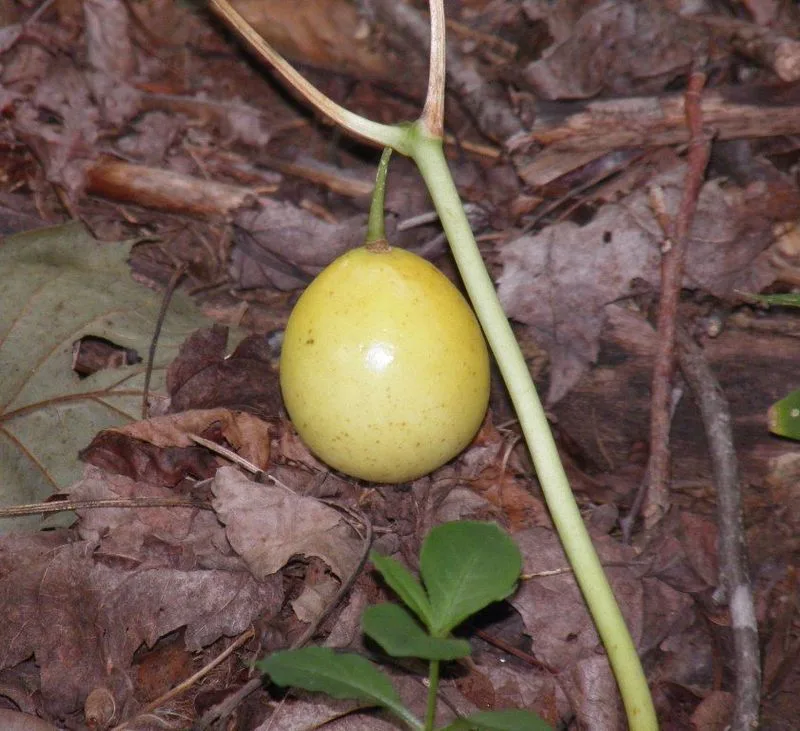
Mayapple, with its umbrella-like leaves, hides a small fruit beneath. Once used by Native Americans for medicinal purposes, its ripe fruit was a delicacy. The fruit’s toxic unripe form and peculiar taste have limited its appeal in modern diets. In the wild, it’s a sign of spring in American woodlands, cherished by foragers who respect its dual nature—both toxic and tasty.
Crabapple
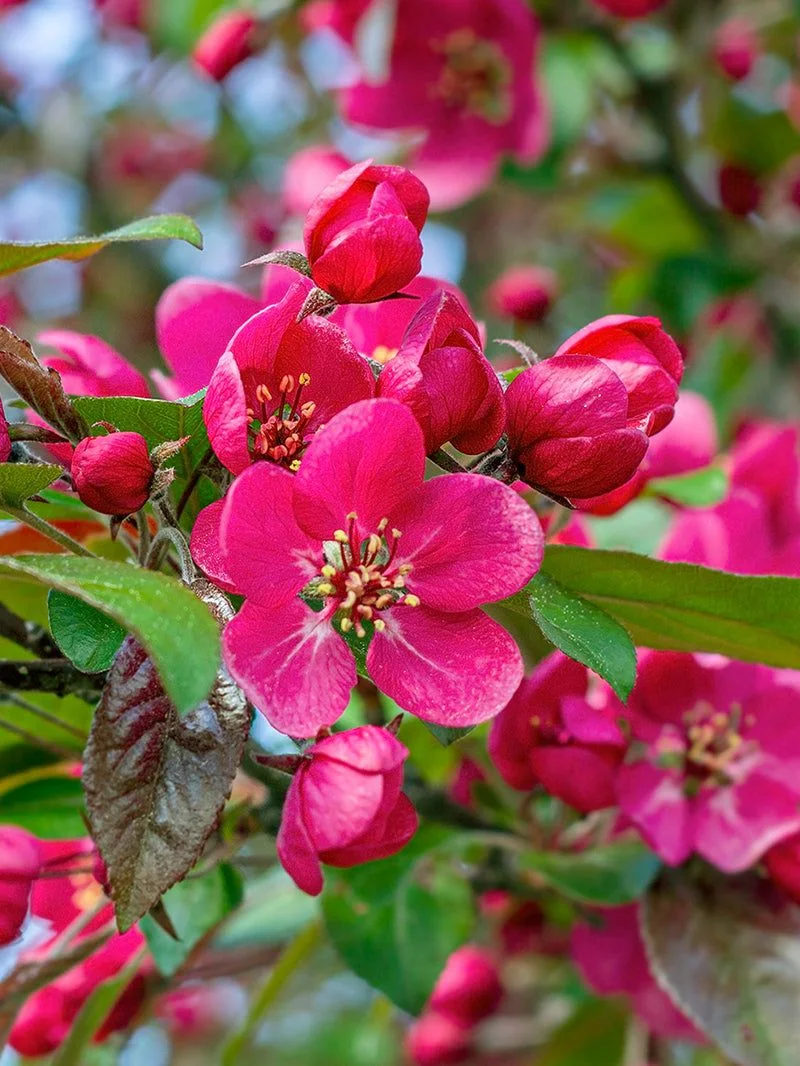
Crabapples, with their vibrant blossoms, were once central to American homesteads. These small, tart fruits provided pectin for jams and were a favorite for cider making. As apple varieties expanded, crabapples fell from favor with their more astringent taste. Yet, ornamental value remains, as their flowers herald spring. They symbolize resilience, standing tall in forgotten gardens.
American Persimmon
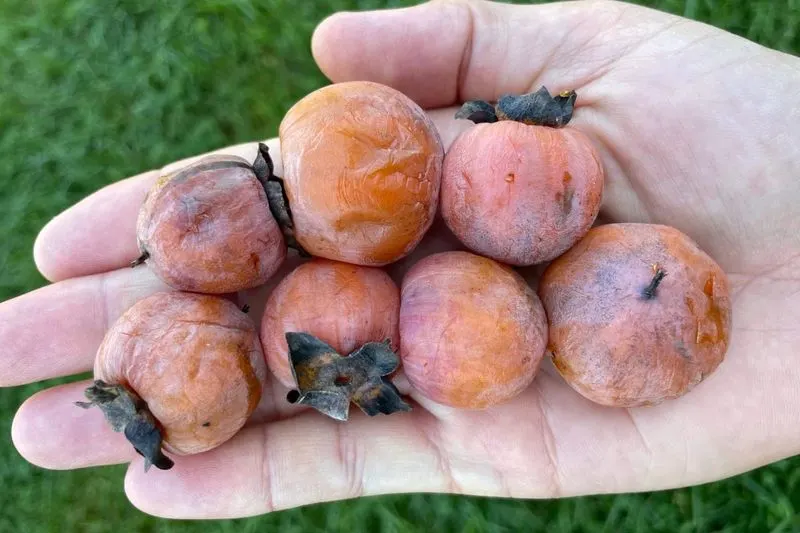
The American Persimmon, reminiscent of autumn evenings, boasts a honeyed sweetness when fully ripe. Early settlers relied on it for both sustenance and sweetness. However, its astringent unripe state led to mixed receptions. Modern palates prefer its Asian counterpart, though dedicated foragers still cherish its rich, caramel-like flavor. This fruit, once plentiful, now whispers of a bygone era.
Ground Cherry
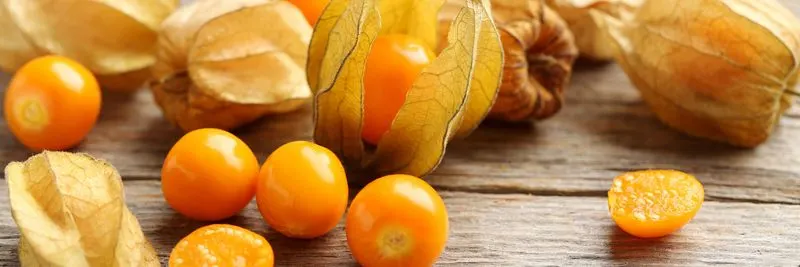
Ground Cherries, akin to tiny sunbursts, were beloved in colonial gardens. Wrapped in their signature papery husks, they offered a sweet, pineapple-like flavor. Their small size and labor-intensive harvest led to their decline in popularity. Today, they are cultivated by curious gardeners and adventurous chefs seeking historical flavors. They embody forgotten sweetness, tucked away in husks.
Elderberry
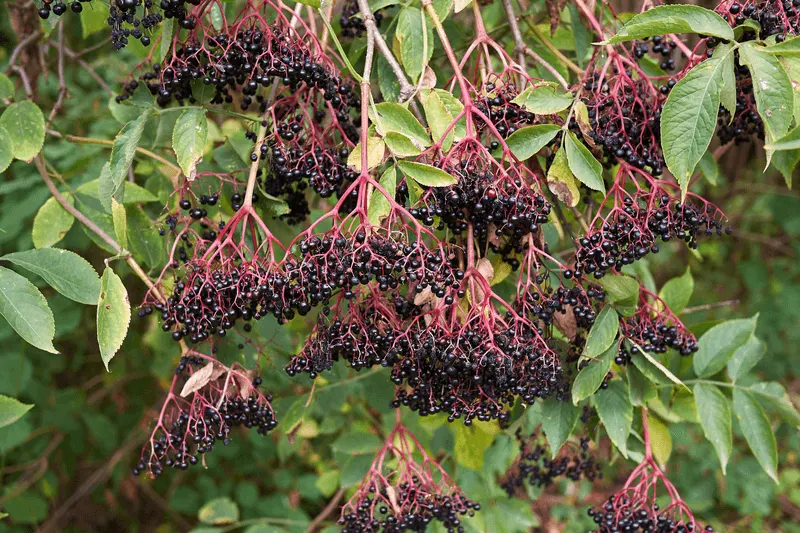
Elderberries, revered for their medicinal properties, were once staples in American folk remedies. Used in syrups and wines, they were prized for their tart flavor and health benefits. As modern medicine took precedence, elderberries faded from common use. Yet, their legacy endures in holistic circles, celebrated for their immune-boosting qualities and deep, rich flavor.
Mulberry
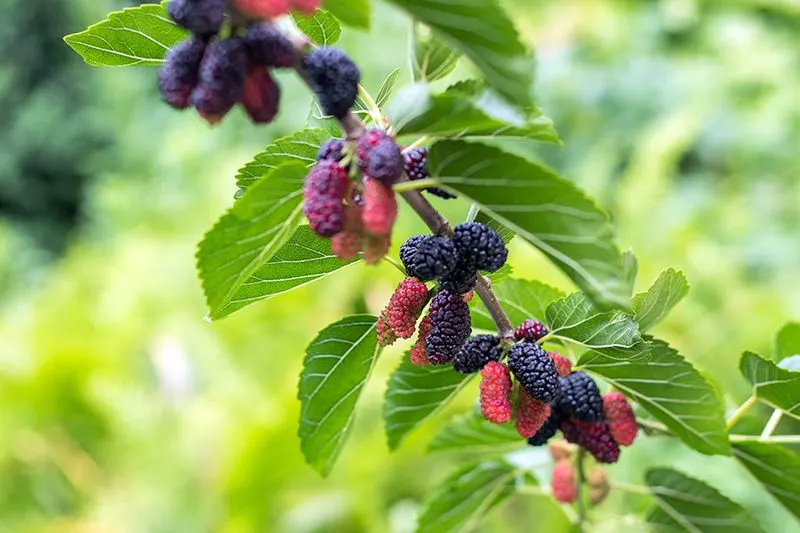
Mulberries, with their rich, wine-like taste, were once a common sight in American yards. As a versatile fruit, they were eaten fresh or made into jams and pies. With changing urban landscapes and preferences, mulberries were overshadowed by more commercial berries. Still, they endure in wild landscapes, offering a nostalgic taste of simpler times to those who seek them.
Quince
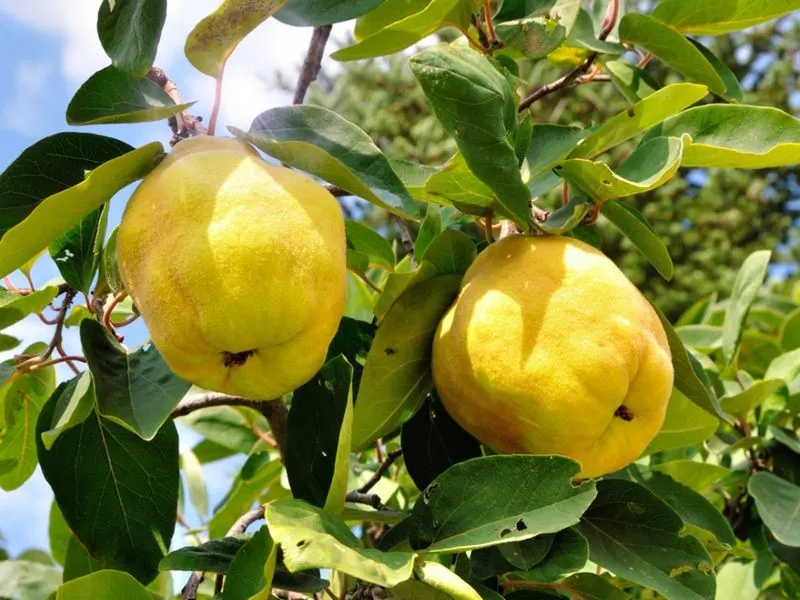
Quince, with its aromatic allure, was once a cherished fruit in colonial America. Known for its hard texture and unique fragrance, it required cooking to reveal its sweetness. As easier-to-eat fruits gained popularity, quince lost its place on the American table. However, its role in jellies and preserves persists, maintaining a subtle presence in gourmet recipes and gardens.
Fox Grape
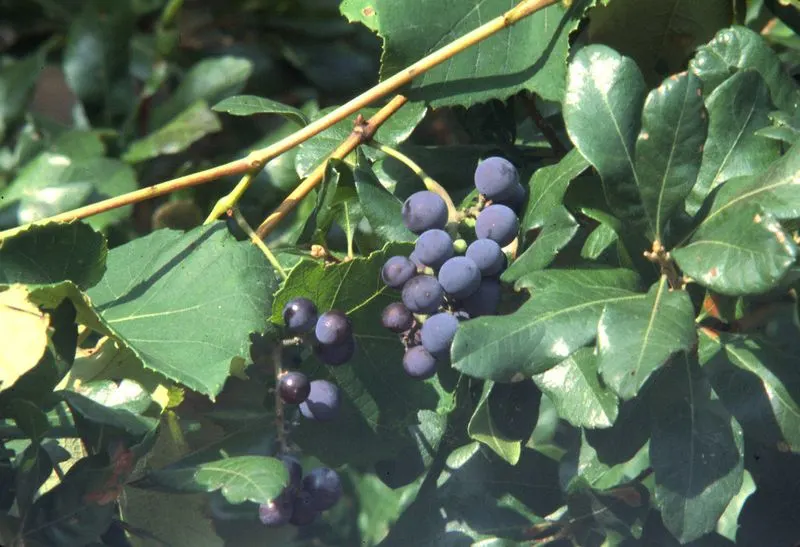
Fox Grapes, native to the Eastern United States, once thrived in wild vineyards. Their bold, tangy flavor made them ideal for juices and wines. Over time, cultivated varieties overshadowed them due to their more refined taste and ease of growth. Today, they remain a symbol of the untamed American landscape, cherished by those who appreciate wild, robust flavors.
Seckel Pear
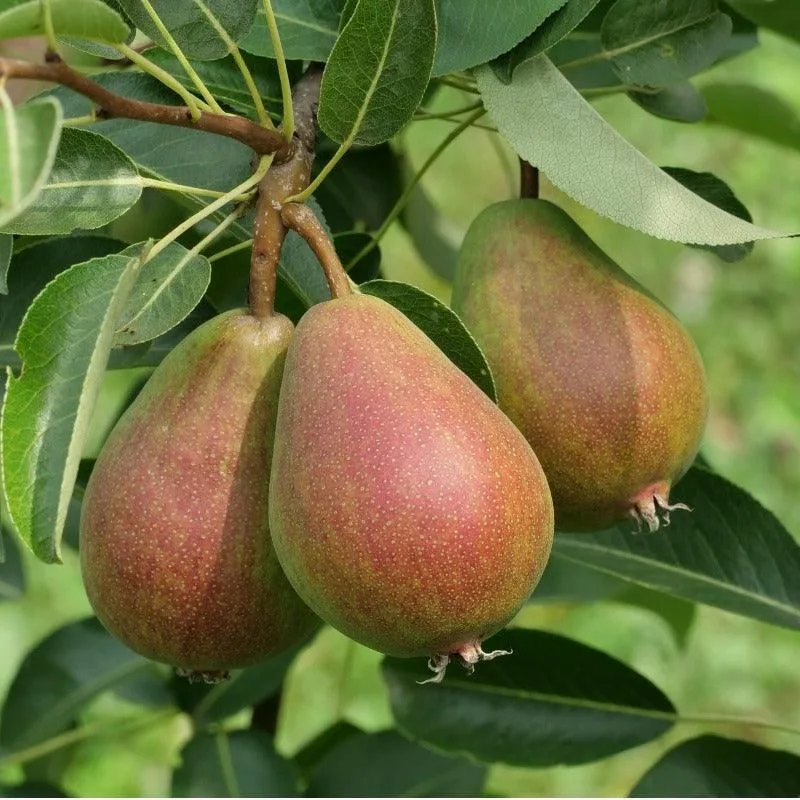
The Seckel Pear, affectionately known as the “sugar pear,” was once a darling of American orchards due to its sweet, spicy flavor. Unlike larger pears, its petite size made it perfect for snacking. As modern agriculture favored more uniform, larger varieties, the Seckel Pear became a rarity. Yet, its fans still seek out this delectable fruit for its unique taste and history.
Medlar
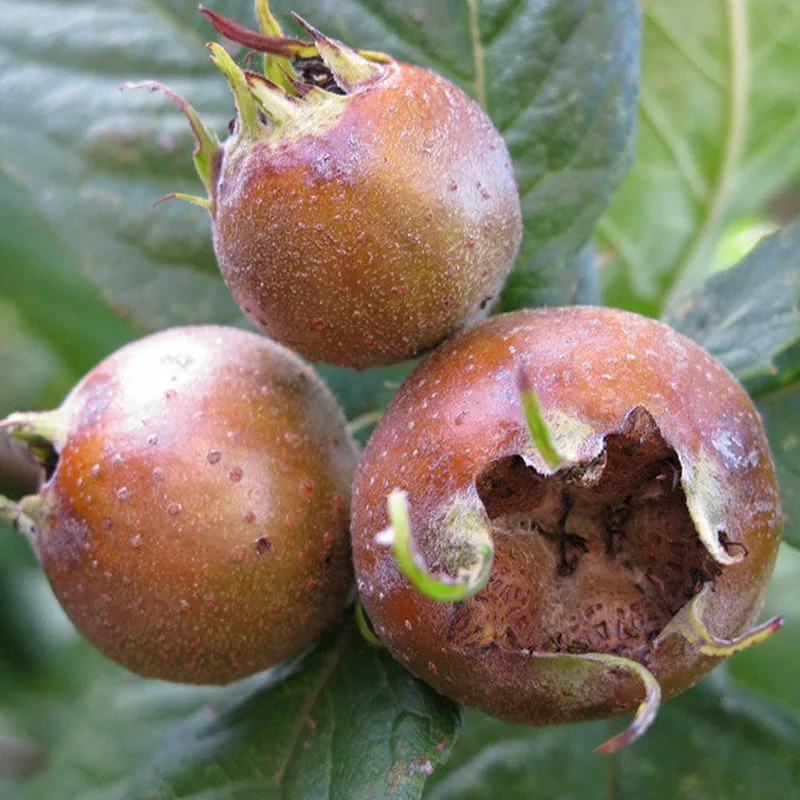
Medlars, with their curious appearance and distinctive flavor, were once popular in medieval Europe and colonial America. Known for needing to “blett”—a process of softening—they reveal a flavor reminiscent of spiced applesauce. As the demand for ready-to-eat fruits rose, medlars fell out of favor. Enthusiasts and historical gardeners still celebrate its unique taste and quirky nature.
Serviceberry
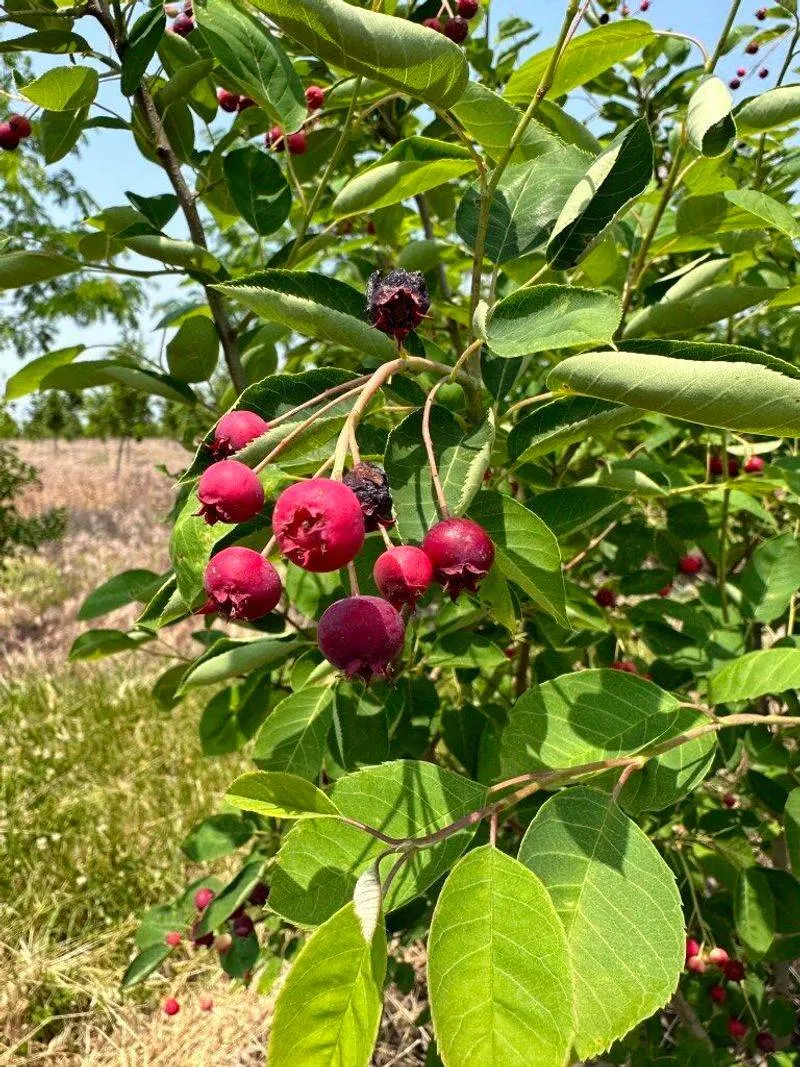
Serviceberries, also known as Juneberries, once thrived in American woodlands. Their sweet, blueberry-like flavor made them a favorite for pies and jams. With urban expansion and agricultural shifts, they became less prominent. However, they endure in native landscaping, offering bursts of flavor and beauty to those who appreciate their historical significance and taste.
Osage Orange
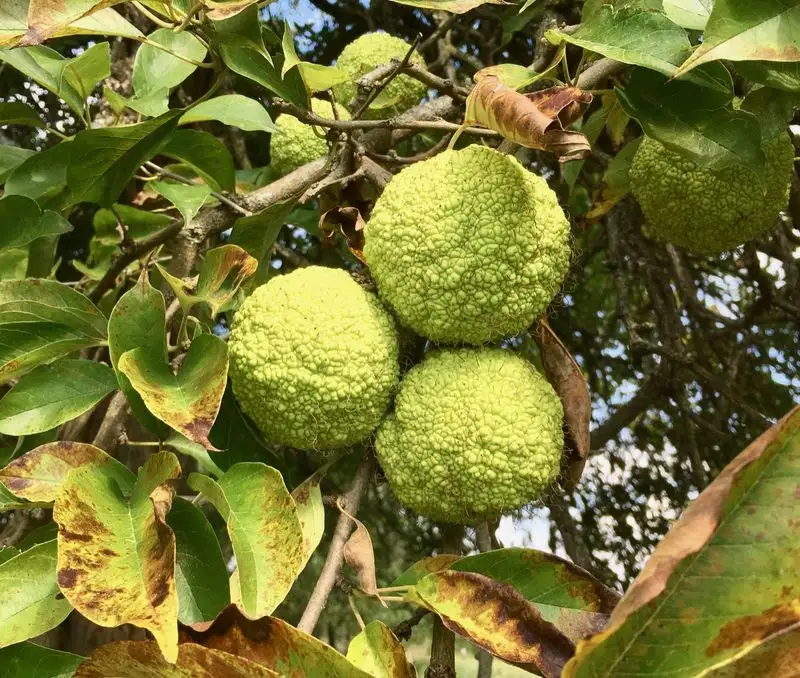
The Osage Orange, with its knobby appearance, is more known for its wood than its fruit. Early settlers valued its durable wood for making bows and fences. Though the fruit is inedible, its unique look and historical significance linger in American folklore. Today, it’s often seen as a relic of the past, reminding us of its multifaceted role in early American life.
Saskatoon Berry

Saskatoon Berries, once a staple in Native American diets, resemble blueberries but with a nuttier taste. They thrived in the northern plains and were essential in pemmican. Over time, as agricultural practices changed, they became less common. Today, they are celebrated in regional festivals, prized for their unique flavor and cultural heritage, connecting us to indigenous traditions.
Huckleberry
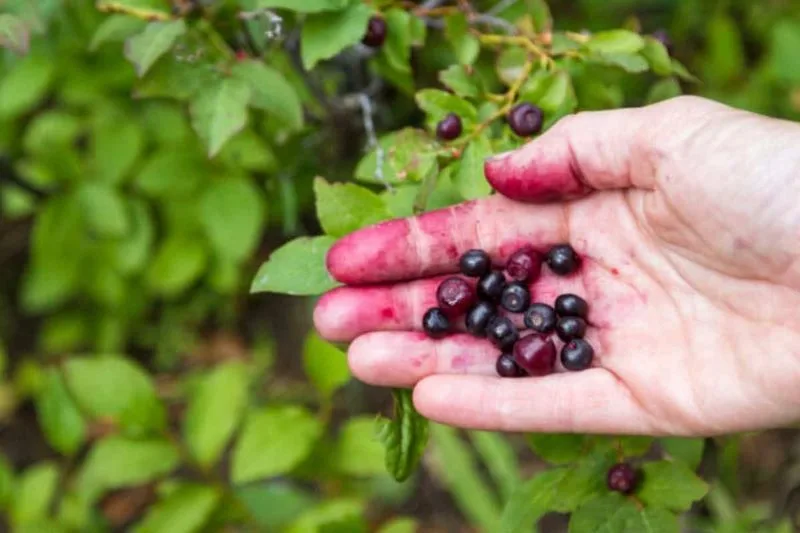
Huckleberries, native to mountainous regions, are known for their tart yet sweet flavor. Early settlers and Native Americans harvested them for pies and preserves. However, their finicky growing conditions and competition from cultivated berries have reduced their availability. Despite this, they remain a cherished find for hikers and foragers, offering a taste of the wilderness.
Gooseberry
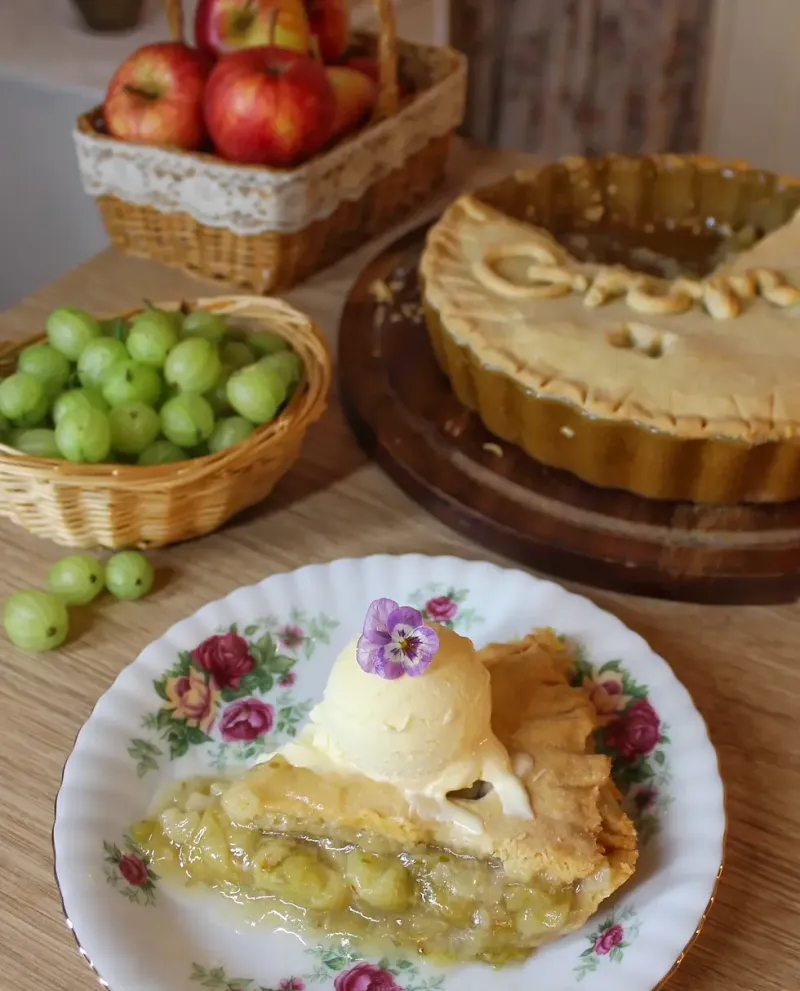
Gooseberries, with their tartness, were a common choice in early American desserts and preserves. Over time, restrictive farming practices and newer fruit varieties led to their decline. Nonetheless, gooseberries are slowly making a comeback among gardeners and chefs who appreciate their versatility and distinct taste. Their revival signifies a nod to culinary traditions of the past.

